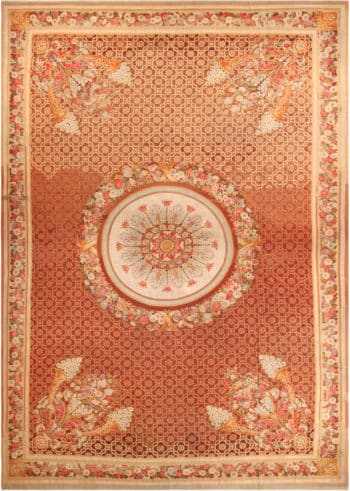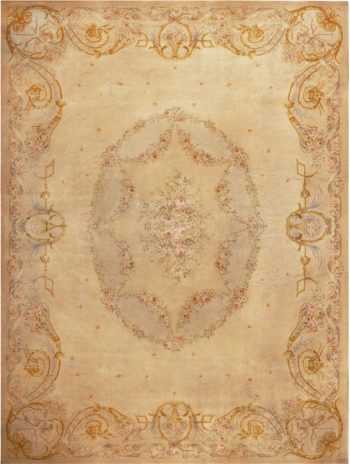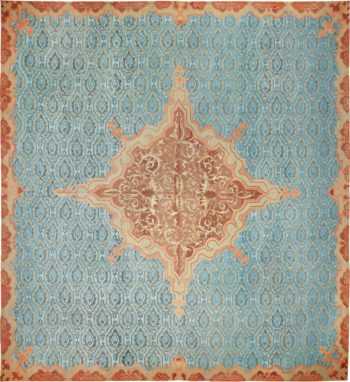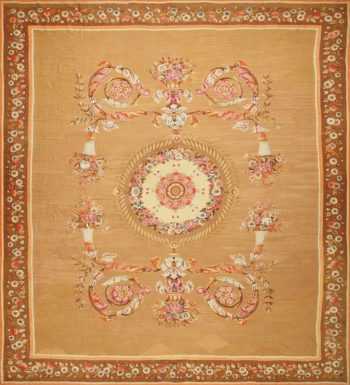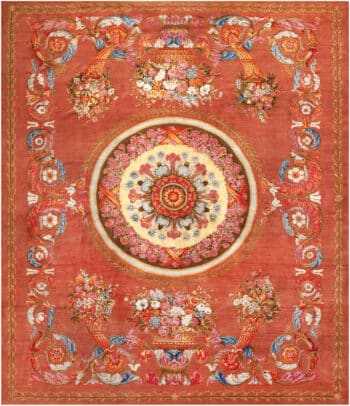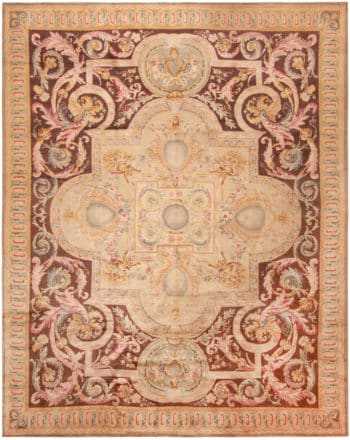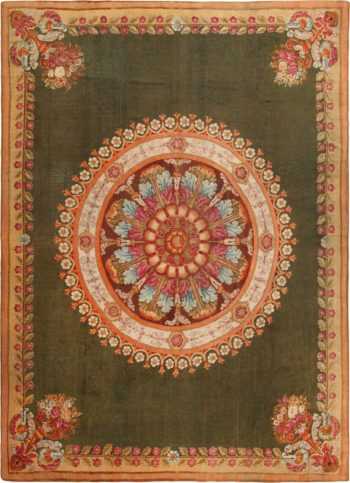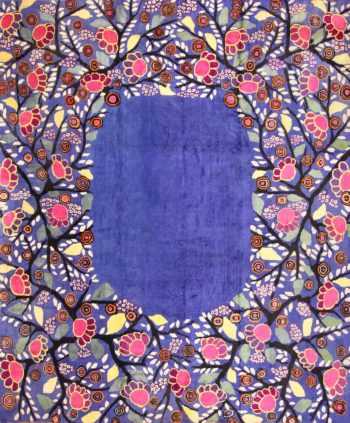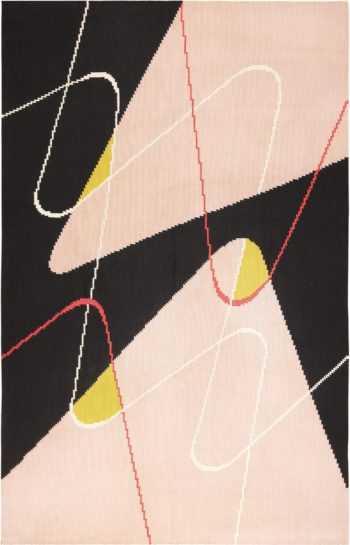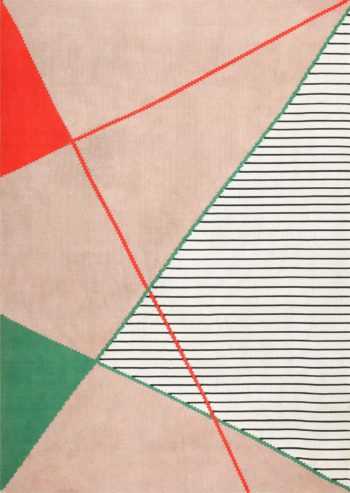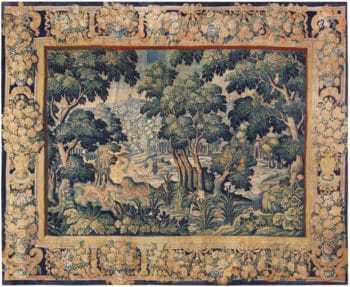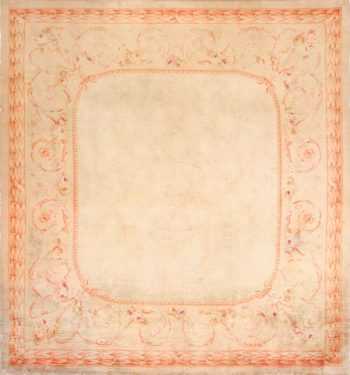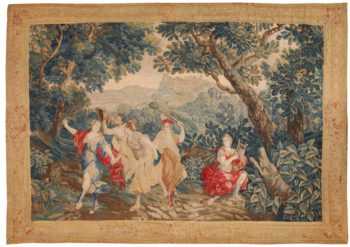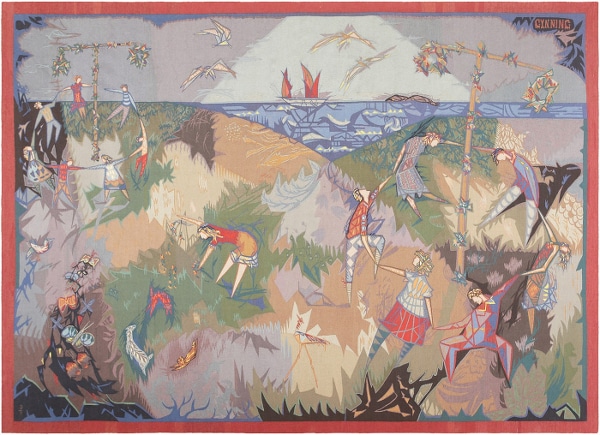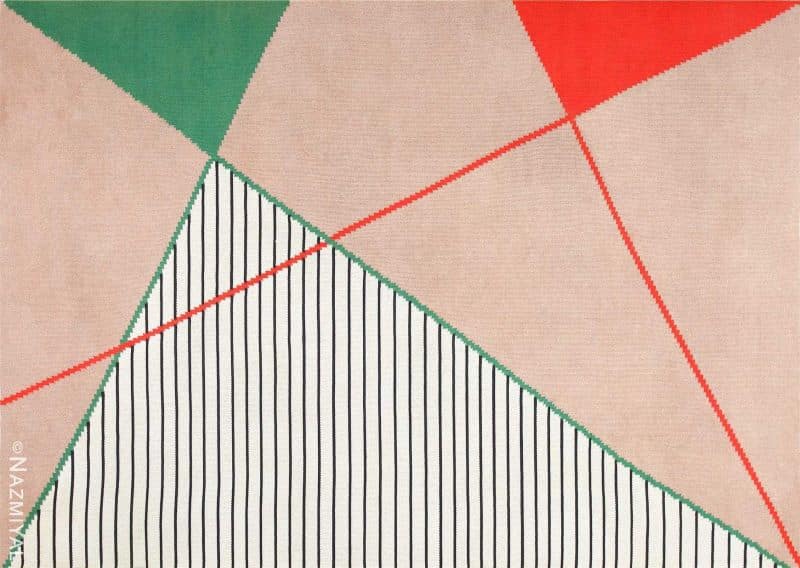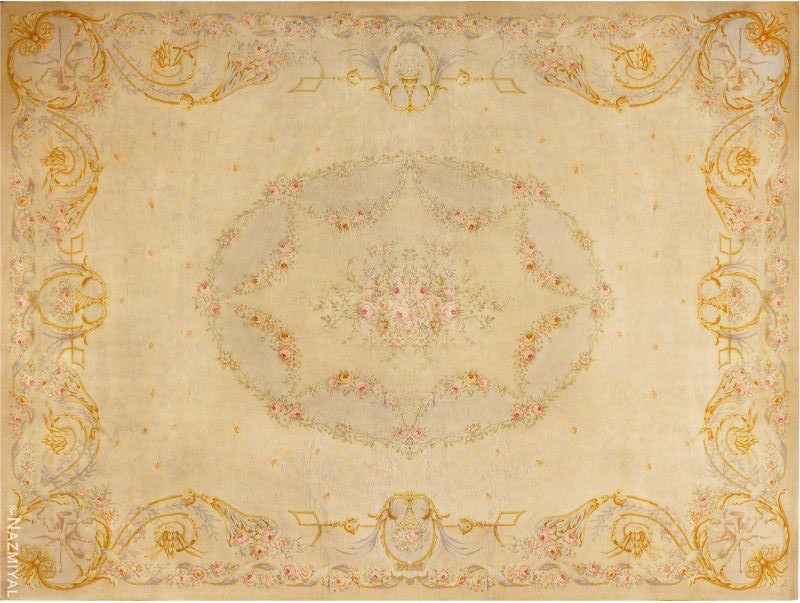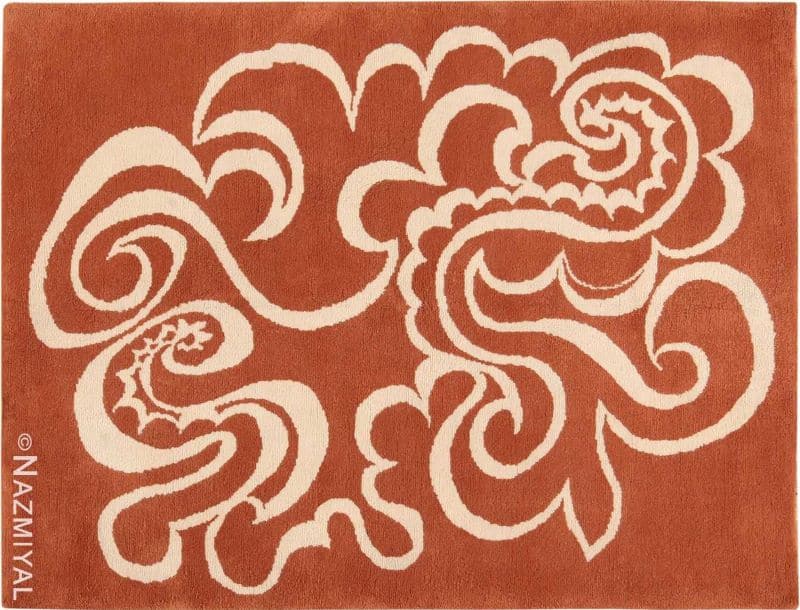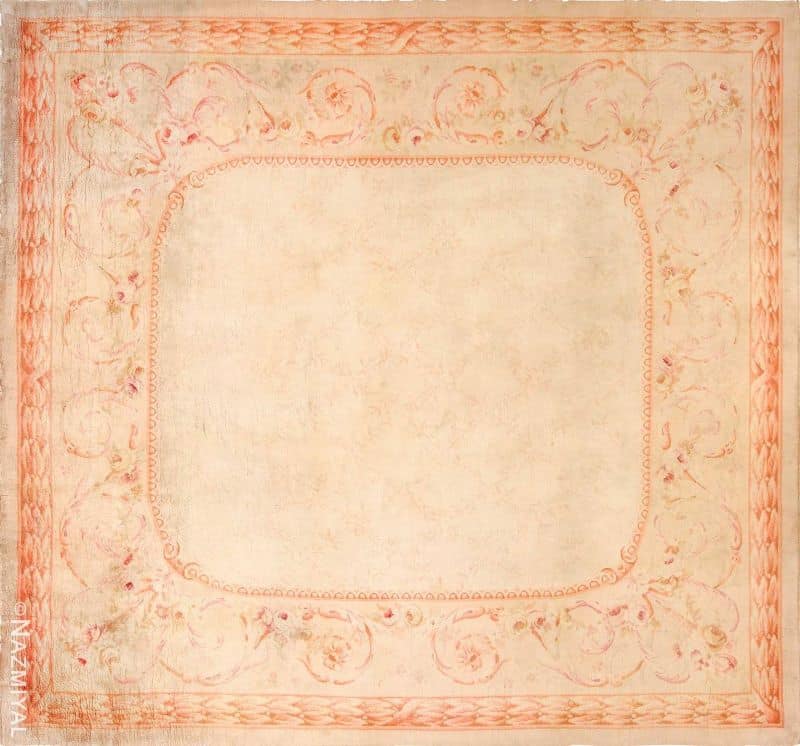View our current selection of antique French rugs below:
-
Oversized Antique French Art Deco Carpet 70262
$95,000.00Size: 19 ft 4 in x 29 ft (5.89 m x 8.84 m) -
Oversized Antique French Aubusson Rug 70926
$68,000.00Size: 16 ft x 26 ft 4 in (4.88 m x 8.03 m) -
Oversized 19th Century Antique French Aubusson Rug 47241
Size: 17 ft 2 in x 25 ft (5.23 m x 7.62 m) -
Large Oversized Square Antique French Aubusson Rug 50143
$44,000.00Size: 17 ft x 18 ft 5 in (5.18 m x 5.61 m) -
Large Floral Antique French Savonnerie Carpet 49848
$62,000.00Size: 13 ft 6 in x 18 ft (4.11 m x 5.49 m) -
Antique Blue Mid 19th Century French Aubusson Carpet 49908
$46,000.00Size: 15 ft 3 in x 17 ft (4.65 m x 5.18 m) -
Beautiful Large Antique Renaissance French Savonnerie Rug 50184
$48,000.00Size: 10 ft 2 in x 17 ft (3.1 m x 5.18 m) -
Large Antique French Aubusson Carpet 50430
Size: 15 ft 4 in x 16 ft 8 in (4.67 m x 5.08 m) -
Spectacular Large Antique French Savonnerie Carpet 72695
Size: 14 ft 4 in x 16 ft 3 in (4.37 m x 4.95 m) -
Large Antique French Savonnerie Rug 72306
Size: 13 ft x 16 ft 1 in (3.96 m x 4.9 m) -
Jacques Emile Ruhlmann French Art Deco Carpet 47642
$125,000.00Size: 14 ft x 15 ft 7 in (4.27 m x 4.75 m) -
Antique French Aubusson Square Floral Rug 70946
$38,000.00Size: 14 ft 8 in x 15 ft 2 in (4.47 m x 4.62 m) -
Gorgeous Vintage French Art Deco Runner Rug 70969
$8,500.00Size: 3 ft x 14 ft 9 in (0.91 m x 4.5 m) -
Washed Out Antique Geometric French Art Deco Rug 50089
$68,000.00Size: 13 ft 7 in x 14 ft 2 in (4.14 m x 4.32 m) -
Antique French Charles X Savonnerie Rug 70965
$79,000.00Size: 10 ft 5 in x 14 ft 1 in (3.17 m x 4.29 m) -
Antique Ivory French Aubusson Rug 70392
$18,500.00Size: 10 ft x 13 ft 6 in (3.05 m x 4.11 m) -
Edouard Benedictus French Art Deco Rug 49214
$28,500.00Size: 10 ft 10 in x 13 ft 2 in (3.3 m x 4.01 m) -
Black And Cream Flat Woven Vintage French Art Deco Rug 49929
$21,000.00Size: 8 ft 4 in x 13 ft (2.54 m x 3.96 m) -
Large Antonin Kybal Room Size Vintage French Kilim Rug 48893
$24,000.00Size: 9 ft 6 in x 13 ft (2.9 m x 3.96 m) -
17th Century Antique French Silk And Wool Verdure Tapestry 72574
$68,000.00Size: 10 ft x 12 ft 10 in (3.05 m x 3.91 m) -
Open Field Square Antique French Renaissance Soft Decorative Savonnerie Area Rug 48999
$28,000.00Size: 11 ft 10 in x 12 ft 8 in (3.61 m x 3.86 m) -
17th Century Antique French Silk And Wool Animal Design Verdure Tapestry 72572
$68,000.00Size: 10 ft x 12 ft 5 in (3.05 m x 3.78 m) -
17th Century Wool and Silk Romantic Antique French Verdure Tapestry 70857
$79,000.00Size: 8 ft x 11 ft 4 in (2.44 m x 3.45 m) -
Vintage Green French Art Deco Rug 46754
$24,000.00Size: 8 ft 1 in x 11 ft 2 in (2.46 m x 3.4 m)
Learn More About Antique French Rugs
French Rugs – Designers and artists in France have influenced individuals around the world. The voguish style of antique French rugs from any era dictated worldwide design trends. This revolutionary nation started the Art Deco style and the first modern design movement, but they also pioneered the elegance of Baroque and Rococo styles.
From the Savonnerie carpets and Goblins tapestries commissioned by Louis XIV to the Art Deco rugs created by the first pop-culture designers, it’s difficult to find a nation that influenced classic Baroque designs and modern trends as much as France did. The fashions of France are continually evolving, but these spectacular French antique rugs and European tapestries are enduring records of the transformation, making them unique among antique rug origins. The antique tapestry rugs of Aubusson and the fine needlepoint carpets that exude elegance are products of the nation’s abiding love for design.
Inventions and technological advances like the Jacquard loom and weaving cartoons based on the art of accomplished painters were all taken in stride. Unlike areas that resist change, French designers live and breathe revolution. This spontaneous creativity produced some of the most iconic styles in history. The floriferous garlands featured in antique Savonnerie and Aubusson carpets are abruptly contrasted by the experimental Art Deco styles that followed. French designers have consistently been willing to break the mold, redefine classicism and develop new styles. These characteristics have helped antique French carpets and tapestries earn an everlasting place in our hearts and homes.
French rugs are known for the stately and elegant Aubusson and Savonnerie designs. The Aubusson is a flat woven rug typically featuring a medallion and a pastel palette. Unlike the Aubusson, the Savonnerie features a thicker pile although it similarly shares the soft colors. Produced from the 17th through 19th centuries primarily for the upper class, French rugs epitomized high design. Typically these rugs are large in size due to their usage in palatial and stately homes.
French Rugs, Aubusson and Savonnerie Collection
The history of French rugs spans more than 300 years from the reign of Henry the great to the 20th century. In the 1600’s the royal carpet manufactory known as the Savonnerie established a baroque architectural style that inspired many textile centers to produce their own carpets with a French aesthetic. While the Savonnerie reached the height of production before the French revolution the carpet center of Aubusson increased production in the 19th century by introducing popular flat pile carpets woven with tapestry knots.
As early as 1536 France established diplomatic relations and trade agreements with the powerful ottoman empire. The Franco ottoman alliance brought many imported rugs to France inspiring a craze for Oriental fashions and furnishings that extended to the art produced by the renaissance painters and old masters.
In the early 1600’s Henry the great contracted Pierre DuPont and weaver Simon Lourdes to produce the first Turkish rugs exclusively for the royal crown. While the patterns were designed to copy imported carpets a new French style quickly emerged. Carpets produced by the Savonnerie before 1690 used designs produced by Charles Le burn who was the managing director of the Savonnerie and the court painter to Louis xiv.
In 1685 the French wars of religion reached a critical point when Louis xiv banned Protestantism forcing many protestant carpet weavers and tapestry weavers to emigrate to Belgium and the Netherlands in the 1700’s carpet designs were dominated by elaborate scrolls and architectural acanthus leaf motifs found in English crewelwork.
‘Many of the most popular rococo designs from 18th century were based on works by artist and designer Pierre Josse Perrot. Perrot designed tapestries furnishing and carpets for the royal crown between 1715 and 1750.
Inspired by the designs of Perrot independent carpet weavers in the textile centers of Aubusson and Beauvais produced knotted pile and flat pile tapestry carpets known as Tapis Ras that were done in the rococo style using increasingly light and delicate motifs and color palettes. Flat woven carpets produced in Beauvais and Aubusson were extremely popular during the 1800’s. Many thin pile carpets produced at this time were made on draw looms similar to those used by tapestry weavers.
Carpets woven on these looms required an additional warp that is used to a produce looped or cut pile which is generally much shorter than hand knotted pile. Draw loom construction was extremely popular in the British carpet centers of Wilton and Axminster that were establish by renegade weavers who left the Savonnerie manufactory around 1750.
Looms invented by British weavers Thomas Whitty and Edmund Cartwright greatly increased production speed as did the mechanical jacquard loom invented in Lyon by Frenchman Joseph Marie jacquard and subsequently the steam powered loom invented by American Erastus Bigelow. Although French rug manufacturers did not use power looms until the 1880’s the domestic carpet industry saw a dramatic change following the French revolution.
The Savonnerie rugs that were once produced for the crown were available directly to the public as were the flat pile tapestry rugs from Aubusson and Beauvais which were gaining a dedicated following. After the rule of napoleon the Savonnerie became part of Gobelins tapestry conglomeration and the market opened up for independent producers particularly those in Aubusson who specialized in flat pile tapestry rugs.
In the 20th century French rugs left behind their flowery rococo beginnings in favor of abstract art carpets inspired Georges Valmier Wassily Kandinsky and the French cubists.
French carpets in the 20th century continued to evolve reflecting influences from art nouveau and Bauhaus as well as the influential art deco designer Jacques Emile Ruhlmann and mid century modern pioneer Le Corbusier who popularized the minimalist Berber carpets of North Africa. Today, carpets produced in Aubusson and at the Savonnerie continue to inspire new designs and imitations.
What are the different types of French rugs?
France is well-known for its rich history in the decorative arts, including exquisite tapestries and carpets. These pieces of art are often referred to as “French carpets” or “French-style rugs.”
Here are some notable types of French rugs:
- Savonnerie Rugs: Savonnerie is one of the most famous and prestigious types of French rugs. They originated in the Savonnerie manufactory, established in the 17th century by King Henry IV of France. Savonnerie rugs are characterized by their intricate designs, floral motifs, and rich colors. They are typically made of wool or a combination of wool and silk.
- Aubusson Rugs: Aubusson is another prominent French rug style that originated in the town of Aubusson. These rugs are flat-woven and renowned for their delicate tapestry-like appearance. They often feature elegant floral patterns, pastoral scenes, or historical motifs. Aubusson rugs are traditionally made from wool and silk.
- Needlepoint Rugs: Needlepoint rugs are a type of French rug that is hand-stitched using a needlepoint technique. They can feature a wide range of designs, including floral patterns, landscapes, and geometric motifs. These rugs are generally made with wool yarn on a canvas backing.
- Beauvais Rugs: Beauvais is famous for its tapestry and rug production. While not as well-known as Savonnerie or Aubusson rugs, Beauvais rugs are also exquisite, often displaying intricate designs and vibrant colors. They are typically made of wool or a blend of wool and silk.
- Pile Rugs: In addition to the historic French rug styles mentioned above, contemporary rug makers in France produce a variety of pile rugs, featuring diverse designs and materials. These rugs are often inspired by both traditional French motifs and modern design trends.
What type of home decor works best with French rugs?
French rugs, with their intricate designs and elegant motifs, can complement a variety of home decor styles. They add a touch of luxury and sophistication to any space.
Here are some home decor styles that work well with French rugs:
- Classic French Style: French rugs naturally pair well with classic French decor, which often features ornate furniture, intricate detailing, and a color palette of soft pastels and rich jewel tones. In this style, you can use a French rug as the centerpiece of the room, and complement it with Louis XV or Louis XVI-style furniture, chandeliers, and decorative moldings.
- Traditional Elegance: French rugs also fit beautifully with traditional decor. The rugs can add a touch of refinement to rooms with classic furniture, such as wingback chairs, antique wooden tables, and formal dining sets. Stick to a more subdued color palette to create a harmonious look.
- Transitional Style: French rugs can be paired with transitional decor, which blends contemporary and traditional elements. In this style, you can use a French rug to anchor a room that features modern furniture with clean lines and simple designs.
- Shabby Chic: French rugs can complement the romantic and rustic charm of the shabby chic style. Opt for distressed furniture, vintage accessories, and a soft color palette to create a cozy and relaxed atmosphere.
- Bohemian: French rugs can add an eclectic touch to bohemian decor, where global patterns and artistic elements come together. Mix and match various textures, colors, and patterns to create a vibrant and boho-chic space.
- Eclectic Mix: French rugs can work well in eclectic settings, where different styles and eras coexist. Use the rug as a unifying element to tie together various decor pieces and create a visually captivating space.
- Contemporary Elegance: Contrary to traditional settings, French rugs can also work well in contemporary and minimalist spaces. The contrast of a finely detailed French rug against a clean and modern backdrop can create a striking focal point.
- Vintage Glam: French rugs can be paired with vintage glam decor, combining elements of old Hollywood glamour with vintage furniture and accessories. Incorporate luxurious materials like velvet and satin to enhance the opulence.
When decorating with French rugs, ensure that the other elements in the room, such as curtains, upholstery, and accessories, complement and enhance the rug’s beauty rather than overpowering it.
Always consider the rug’s colors and patterns to create a harmonious and visually appealing space.
Here are some beautiful French rugs from the Nazmiyal Collection for your decor:
Read More: Les Tapis Art Deco | Tapis Antique Francais Aubusson | Les Tapis Antiques de France | Les Tapis Antiques Savonnerie



